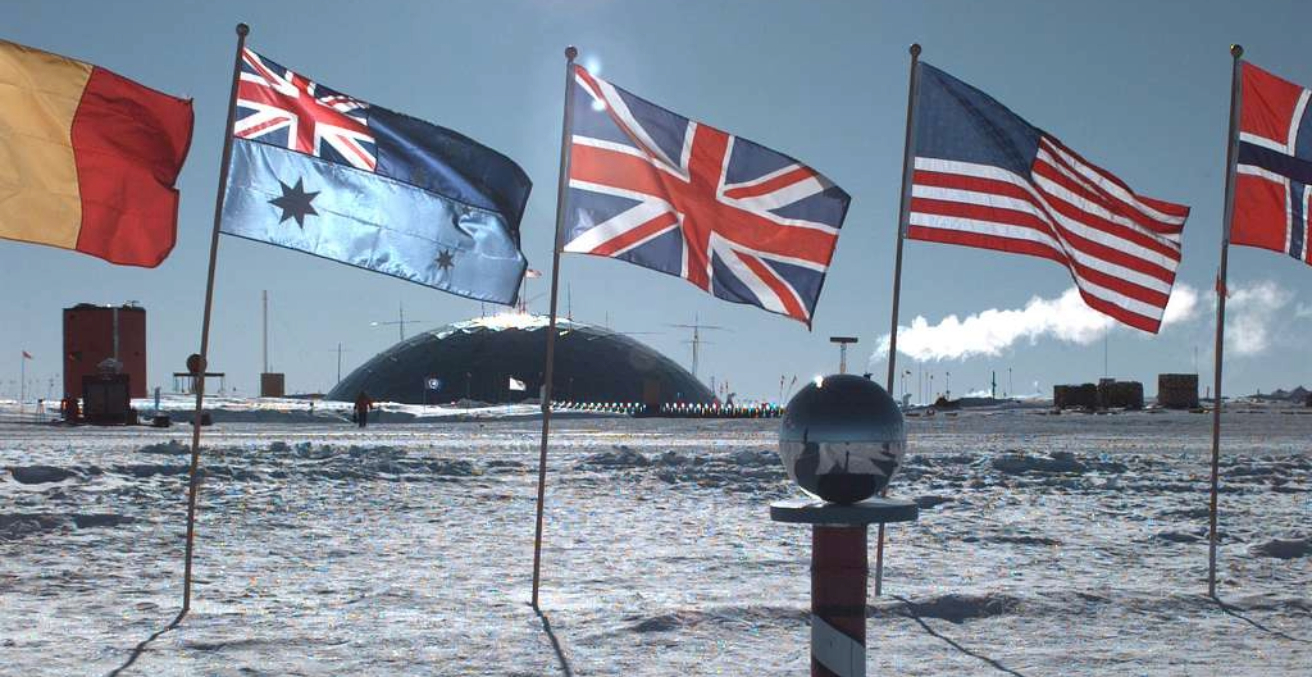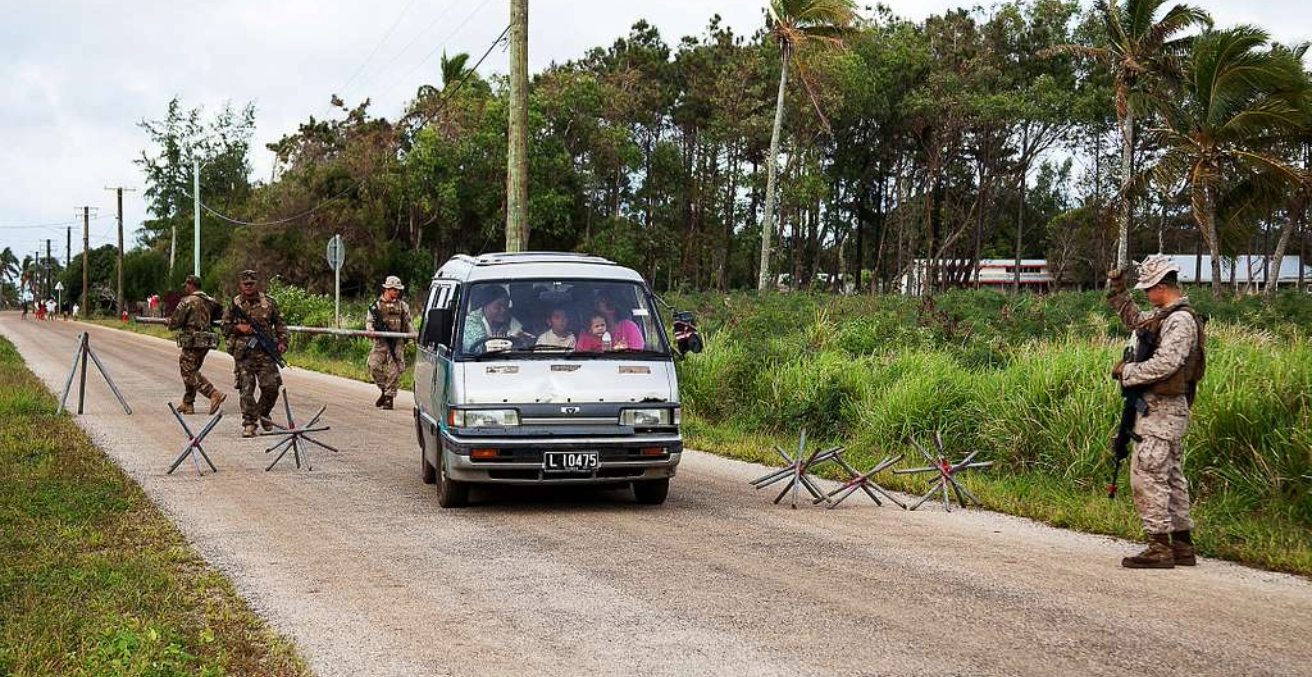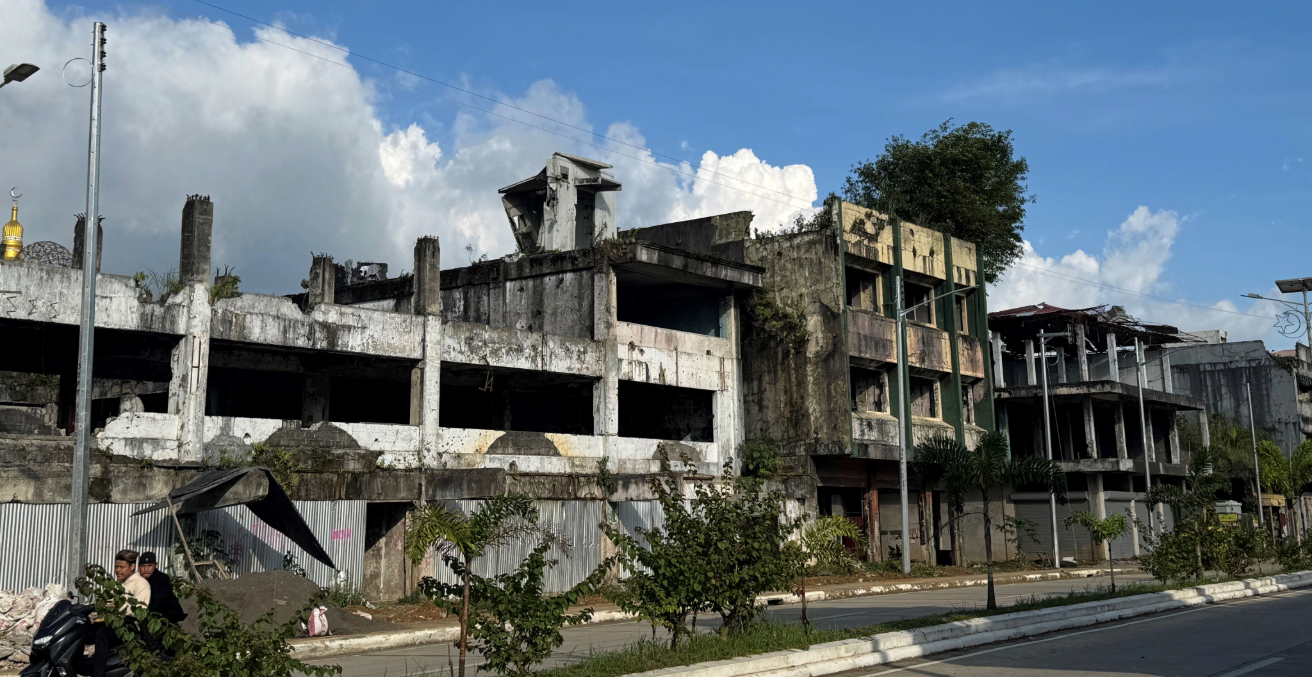In their book, Danger Zone: The Coming Conflict with China, Hal Brands and Michael Beckley argue that China is passing its economic peak. It is this factor that may be more dangerous than a rising China, and that conflict may happen sooner than most believe.
According to conventional wisdom, China is a dynamic rising power, set to overtake the US as the world’s largest economy and leading power. Harvard professor Graham Allison argues that in these circumstances, when one great power threatens to displace another, war is almost always the result. This is known as the Thucydides Trap.
But could this widely believed analysis be a misreading of the situation? In their book, Danger Zone: The Coming Conflict with China, Hal Brands and Michael Beckley argue that in fact China is a “peaking power,” heading for inevitable economic and political decline – a situation they see as being even more dangerous. From Johns Hopkins University School of Advanced International Studies and Tufts University respectively, these two academics’ reading of history suggests that peaking powers are more likely to make rash moves against rivals as they try to seize the occasion, before their geopolitical window of opportunity closes.
The authors argue that the past four decades of Chinese peace and prosperity have been an historical anomaly, the result of four fleeting trends that are starting to reverse themselves. First, China enjoyed a geopolitical holiday from the 1970s, which was underpinned by friendly relations with the US. This coincided with the beginning of hyper-globalisation, which provided China with access to Western technology, markets, and finance.
The second fleeting factor was the move towards better governance, following the death of Mao Zedong. Deng Xiaoping launched “reform and opening” of the economy, moving China towards collective leadership and away from the domination of a personality cult which led the country astray. China also joined the World Trade Organisation in 2001.
China’s historic rise was then propelled by a “demographic dividend,” perhaps the greatest in modern history, where China had ten working age adults for every senior citizen over the age of 65. This was a one-time, unrepeatable result of China’s peculiar population history – from population explosion to one-child policy. The last fleeting trend was that China had a lot of resources and a relatively pristine environment. From the 1970s until the 2000s, China was largely self-sufficient for energy, food, and water, which made development very cheap.
Now, the authors argue, all of these fleeting trends are turning against China. The welcoming geopolitical environment China found itself has now rapidly deteriorated. Today, most Western countries seek to balance China’s rise through initiatives such as the Quadrilateral Security Dialogue (QUAD), AUKUS (Australia, United Kingdom, United States), and individually, through defence spending, as witnessed in Japan’s new national security strategy. President Xi Jinping is willing to sacrifice economic efficiency if it boosts his political power. This is evident in the favourable treatment of inefficient state-owned enterprises and the crackdown on private sector firms, especially in the technology sector.
China’s working age population started falling in 2014, while its total population declined in 2022. These trends will only continue, with China facing a demographic cliff. This drags GDP growth down and adds to age-related government spending. China is also running out of resources. It has become the world’s largest importer of commodities, especially energy and food. And poor environmental management has resulted in massive water pollution and losses in arable land.
These headwinds have been taking their toll on the economy over the past decade, even before the COVID-19 pandemic, and will drag it down further in the years ahead. Indeed, China has been experiencing a productivity collapse, as the economy has relied on government force-feeding of capital. In sum, China is more of a “risen power,” than a rising power.
Counterintuitively, the authors argue that China is entering a “Danger Zone” precisely because its long period of economic rise is coming to an end, and it is subject to increasing strategic encirclement. According to their reading of history, when a rising power peaks, it doesn’t mellow out. Rather, it starts to crack down at home because it becomes scared of domestic unrest. Peaking powers also expand abroad to try to drum up new sources of revenues, and to accomplish long standing strategic aims before their time runs out. These periods can be some of the most dangerous.
The authors argue that this interpretation may explain the origin of World War I. Imperial Germany was terrified by the rise in Russian power and its collaboration with France. Its response led to war. A similar argument can be applied to Imperial Japan in the 1930s, which launched World War II in Asia in part because it was facing a slowing economy and was worried that the US was going to choke out its empire in East Asia.
Russia’s recent invasion of Ukraine can also be seen in a similar light. During the 2000s, the Russian economy was growing rapidly, largely because of the rise of oil and gas prices. Not incidentally, President Vladimir Putin’s popularity surged along with it. But following the 2008 global financial crisis, oil and gas prices decreased, taking a toll on Putin’s approval. So Putin launched initiatives like the Eurasian Economic Union and became assertive towards Ukraine and Georgia. Russian weakness under Putin is arguably the backstory to its 2022 invasion of Ukraine, despite the many geopolitical, historical, and cultural theories that abound.
There are indeed many signs that China is entering the “Danger Zone.” Its economic growth has slowed markedly and many analysts believe that official statistics greatly overestimate the reality of the economy. Its best days of rapidly accumulating power have thus come to an end. The last decade has also seen a rise in internal repression with a corresponding assertiveness externally, illustrated by economic sanctions against Australia, Taiwan, and elsewhere, and quasi imperialist initiatives like the Belt and Road Initiative.
Is this good news for America? Over the longer term, yes. But during the second half of the 2020s the situation is likely to be more concerning. The authors worry about Chinese aggression towards Taiwan and actions to support other authoritarian regimes. They also worry that American military capability in East Asia may be slipping behind China’s, and that its military modernisation will not bear fruit until the 2030s. The key to avoiding conflict is improving the US’s deterrence capabilities, something which requires much greater urgency and also further strengthening international partnerships.
Danger Zone offers a startling and provocative narrative. Many people will disagree with its thesis – that China’s economy is passing its peak, that peaking economies are more dangerous than rising ones, and that the 2020s are a geopolitical “danger zone.” But history shows that there are many “black swan” and “grey rhino” events which confound even the world’s best experts. In this regard, Danger Zone contains much plausible analysis and should be taken seriously by strategic planners.
This is a review of Michael Beckley and Hal Brands, Danger Zone: The Coming Conflict with China (W.W. Norton, 2022). ISBN: ISBN: 978-1-324-02130-8 (Hardcover).
John West is adjunct professor at Tokyo’s Sophia University and executive director of the Asian Century Institute. His book Asian Century … on a Knife-Edge was reviewed in Australian Outlook.
This review is published under a Creative Commons Licence and may be republished with attribution.




